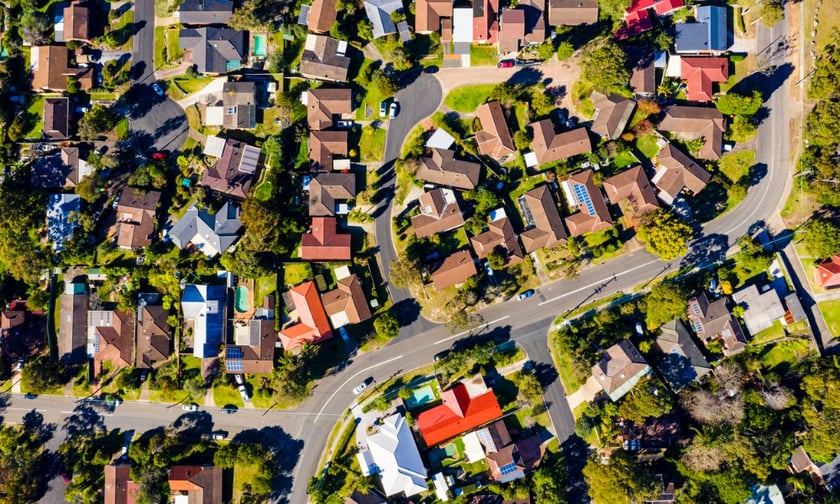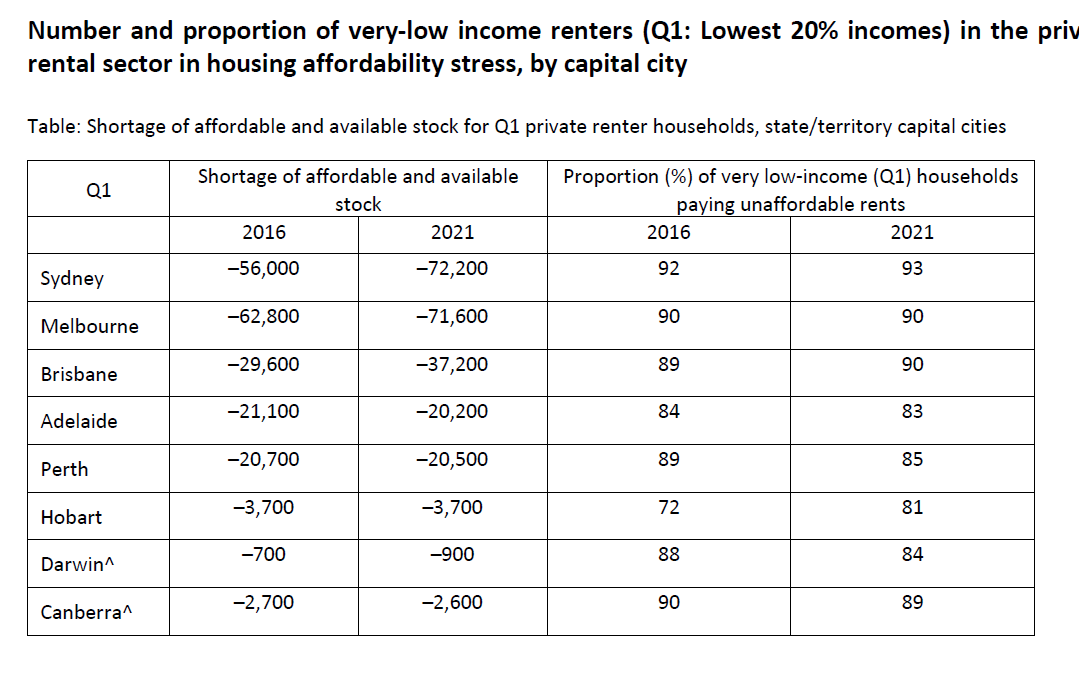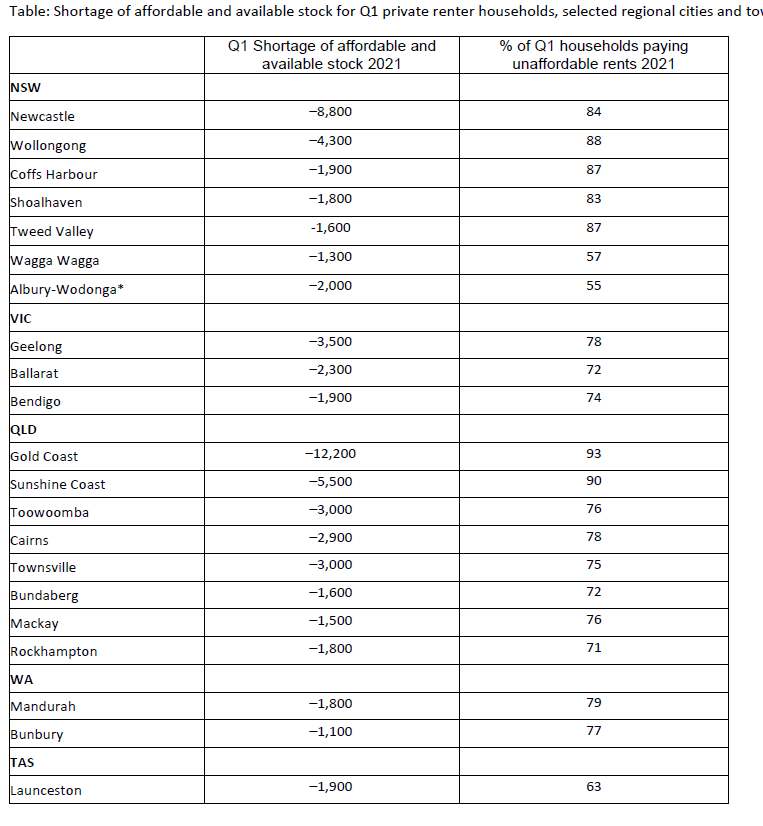

New research from the Australian Housing and Urban Research Institute (AHURI) has exposed a growing trend of higher-income households opting for rental accommodations, leading to a tighter squeeze on the availability of affordable rental homes for very low-income households.
The study, conducted by Swinburne University of Technology and the University of Tasmania, leverages ABS census data to track the evolving landscape of private rental housing affordability from 1996 through 2021.
The 2021 Census data analysis revealed that nearly one-quarter of all renting households now fall into the top-income segments, a stark increase from just 8% in 1996, said Swinburne University’s Margaret Reynolds, research author.
This shift underscores a broader change in the composition of the rental market, with renting becoming an increasingly common choice among households with annual incomes around $140,000 or higher.
Concurrently, the study highlighted a severe reduction in the availability of low-rent dwellings, which constituted only 13% of the private rental stock in 2021, down from nearly 60% in 1996. This scarcity has left 82% of very low-income renting households in a state of housing affordability stress, defined as spending more than 30% of their income on rent.

“Interestingly the 2016–21 period saw a small increase in the number of more affordable dwellings priced at the lowest end of the market,” Reynolds said.
“This is the first time in the last 25 years there has been an increase in the number of low-rent dwellings. However, this is very likely a short-term anomaly shaped by COVID-19 conditions at the time of the census, which saw a dramatic fall in demand for private rental, falls in rents and increases in vacancy rates.”
The affordability gap has widened significantly, with a shortfall of 348,000 affordable private rental homes for households within the lowest 20% of incomes in 2021, up from a 211,000 dwelling shortfall 15 years prior.
“This is because not all the lowest price rentals are available to be rented by households on the lowest incomes – many of these dwellings are occupied by households on higher incomes, making the shortage of lower priced homes even more acute,” Reynolds said.
“Unfortunately, the situation has not improved for lower income renters since the census was taken. In 2022 rents began to increase substantially, leading to what many have termed a ‘rent crisis,’ as migration and mobility returned to pre-COVID levels placing additional demand pressure on the private rental market.”
For more details on the study and its findings, visit the AHURI website.
Get the hottest and freshest mortgage news delivered right into your inbox. Subscribe now to our FREE daily newsletter.
